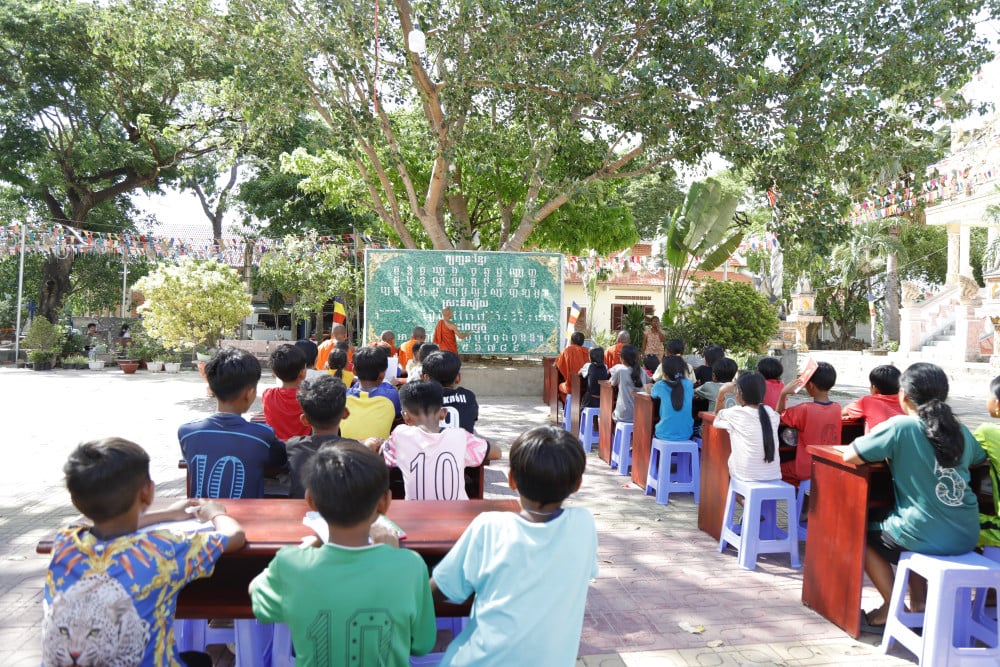
A Khmer language lesson at Botum Kirirangsay Pagoda
Preserving language and writing
For the Khmer people in the South, the use of the ethnic language is not only for preservation but also a decisive factor in the existence and development of the national cultural identity. Therefore, the teaching and learning of Khmer is focused on and maintained by localities in many different forms.
In addition to teaching literacy in schools with ethnic minority students, currently, in some localities with the support of people, monks in pagodas,... many Khmer literacy classes have been opened and developed. At Botum Kirirangsay Pagoda (Binh Minh Ward), there are Khmer literacy classes that have been formed for more than 20 years every summer.
Monk Kien So Phat - the abbot of the pagoda, said that at that time, Khmer script was not taught in schools. When the pagoda opened classes, many students came to study, not only young children who were going to school but also parents who wanted to know "their ethnic script". The teachers were monks in the pagoda, the older ones taught the younger ones.
Currently, although the ethnic minority people's literacy is carried out at some primary schools with a large Khmer population, the class at Khedol Pagoda is still maintained regularly throughout the 3 summer months.
Khmer language teaching is also regularly organized during the summer in many places such as the Tam Pho Ethnic Minority Cultural House (Tan Dong Commune), and Chung Rut Pagoda (Phuoc Vinh Commune). In these places, with the teaching of teachers and monks, many children are able to review the lessons of the ethnic language.
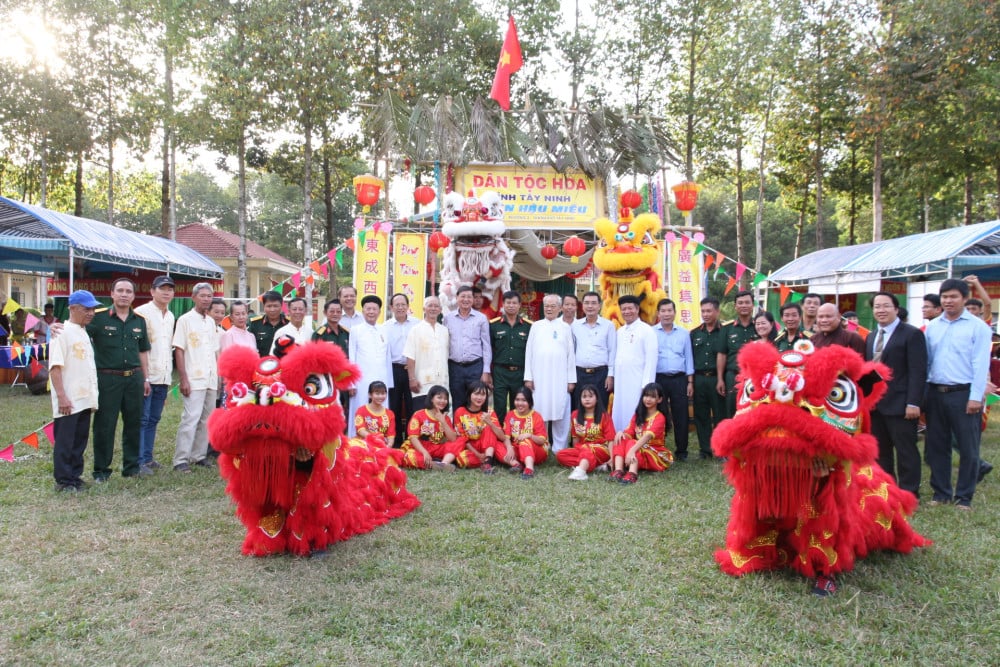
Chinese people exchange activities with the provincial armed forces
Also with the desire to preserve Cham language for the younger generation, over the years, Darussalam Islamic Religious Training Center (Tan Phu commune) has taught and trained many generations of students. Here, in addition to professional knowledge and religious doctrine, everyone learns Cham, Arabic and Malay. The school also includes the curriculum of Vietnamese history and law in teaching according to Decision No. 35 of the Government Committee for Religious Affairs on promulgating the curriculum of Vietnamese history and Vietnamese law in religious training institutions.
Preserving culture and art
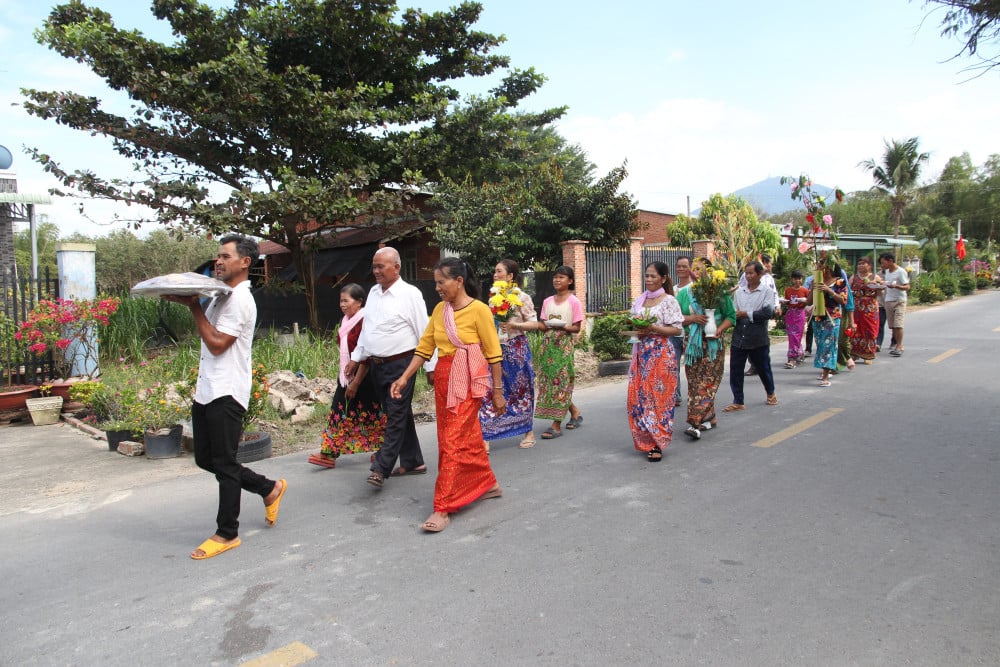
Temple worship ceremony of Ta Mun people
Traditional folk songs, dances, and music of ethnic minorities are forms of folk performance formed in the working life, emotions, religious beliefs, and community activities of ethnic minorities.
Each area, region, and area where ethnic minorities reside has its own cultural identity. Along with other ethnic groups, the Khmer people have a rich and unique treasure of traditional art, passed down from ancient times to the present with many types of music , dance, and theater.
Ms. Tran Thi Bich Huyen - Deputy Director of the Department of Grassroots Culture, Family and Library (Ministry of Culture, Sports and Tourism), commented: “It can be said that every Khmer person is very sensitive to sound and rhythm, just hearing the drum beat, people can dance. They always keep music as the heartbeat of ideas, that idea is not only expressed in words but also in sounds and gestures. The soul of the Khmer people is most clearly expressed in folk songs, each word and song has touched the deep feelings of people. It can be said that music is an indispensable "friend" for the Khmer people".
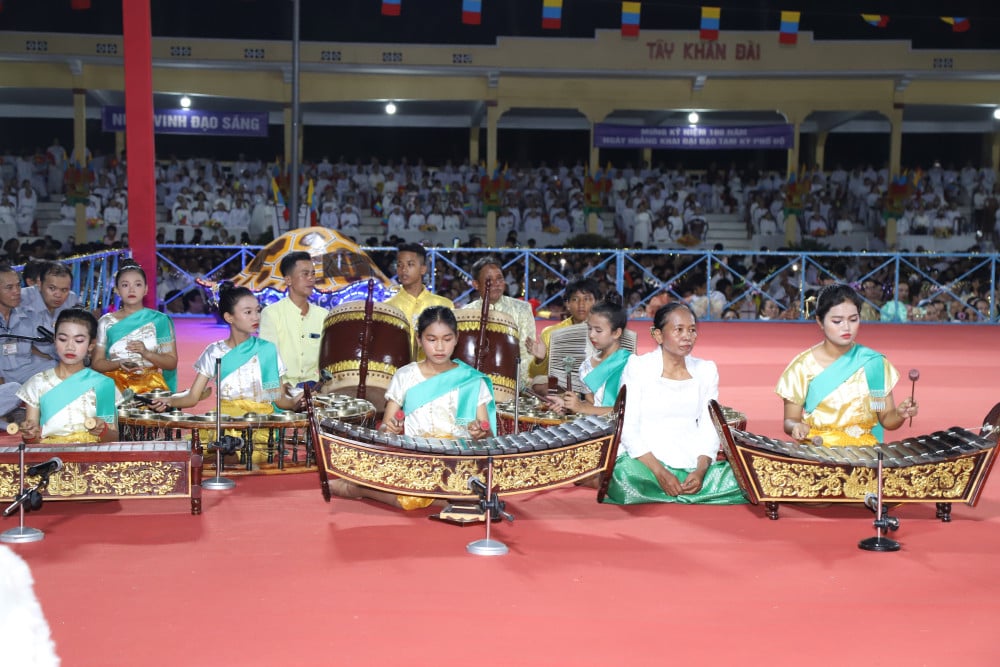
Khmer children of Truong An neighborhood, Long Hoa ward play pentatonic music
Coming to the border communes of Phuoc Vinh, Tan Dong, Ninh Dien on the occasion of the Chol Chnam Thmay New Year celebration or the robe offering ceremony, the Chung Rut, Ka Ot, and Svay pagodas are bustling with music and drum beats along with Khmer myths and legends with Chan and Ro Bam dances.
Returning to Binh Minh ward, the traditional Robam Chun Por dance with the blessing meaning of the Khmer people of Thanh Dong has been "revived" and maintained for many years. In addition to preserving the music and dance during the festival seasons, the Khmer people in Truong An quarter, Long Hoa ward also contribute to spreading the Chhay-dam drum dance, the five-tone music and the unique coconut shell dance in the festivals of Cao Dai religion.
Ms. Cao Thi Pho La - a prestigious person of the Khmer people here, said: "We often advise children to preserve the culture of our people. In addition to the people themselves, for many years, we have also been given conditions by the local government to practice the rituals of our people as well as perform Khmer cultural performances during festivals. Thanks to that, our Khmer culture is known to many people."
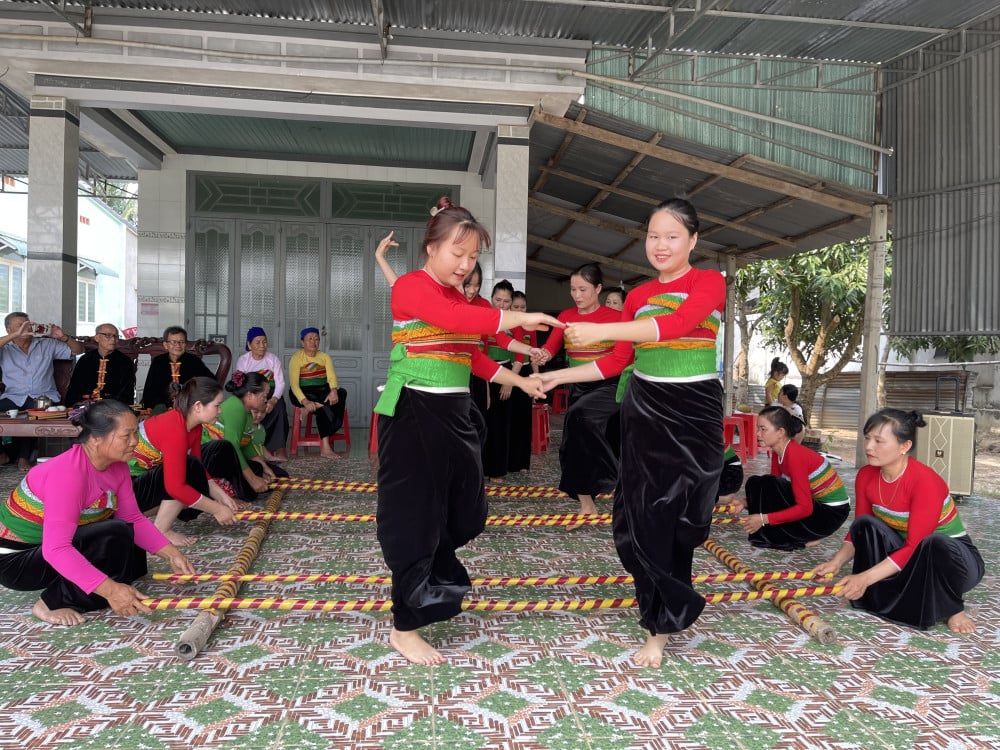
Thai people (Long Phuoc commune) with the bamboo dance that has been preserved for generations
It is the persistent efforts in preserving and transmitting culture that more than 20,000 Khmer people in Tay Ninh have contributed to making the Chhay-dam drum dance and Chol Chnam Thmay Festival of the province become National Intangible Cultural Heritage. These heritages reflect rich spiritual life, are unique highlights in the cultural picture of Tay Ninh, contributing to promoting the image of the land and people here to domestic and foreign tourists.
And there is also the cultural belief of worshiping the Mother Goddess of the Chinese people; the Thai cultural identity through graceful and elegant xoe and sap dances; the Cham culture with gentle and discreet traditional costumes; the solemn and dignified temple worshiping custom of the Ta Mun people;...
Every drum beat, dance, and traditional festival of Tay Ninh ethnic minorities contains love for the homeland, pride, and aspiration to rise up. Preserving these values is not only preserving culture but also preserving the roots and soul of this affectionate land./.
Khai Tuong
Source: https://baolongan.vn/tiep-lua-cho-nhung-gia-tri-van-hoa-truyen-thong-cua-dong-bao-a204433.html


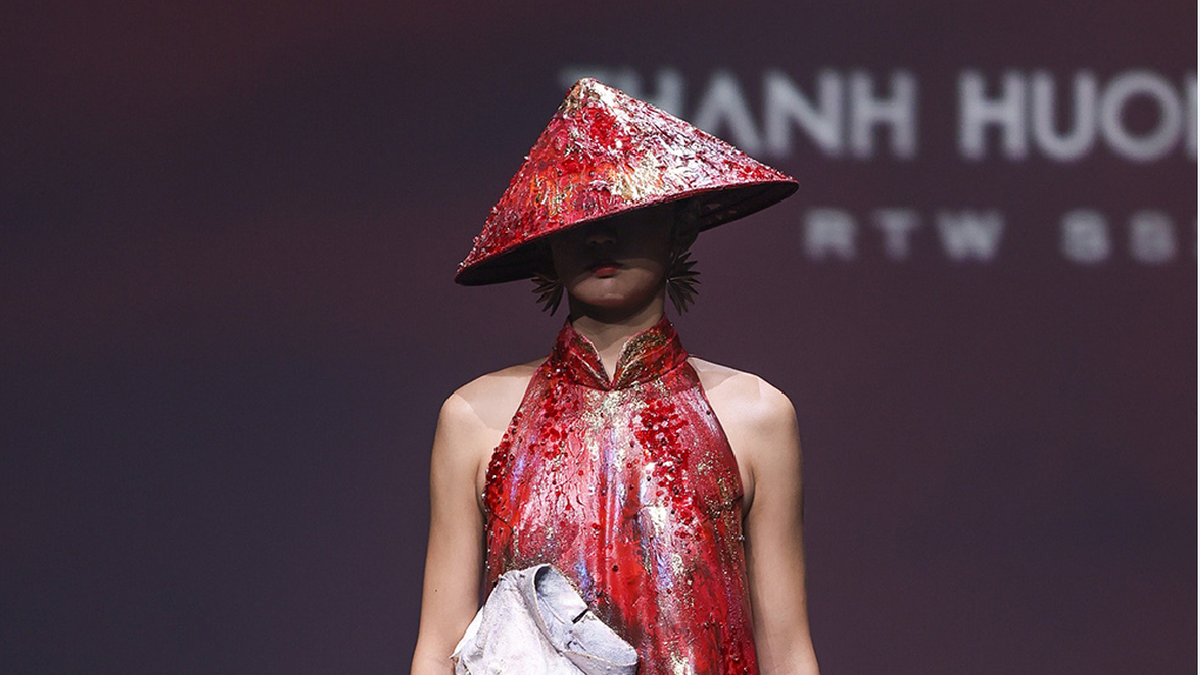





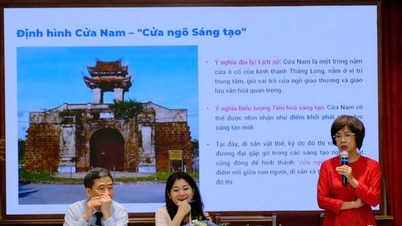

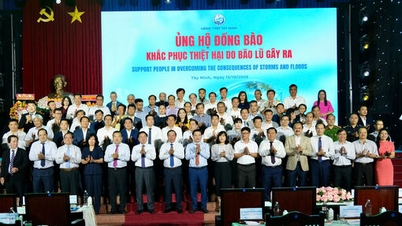
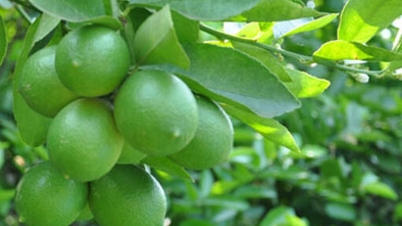


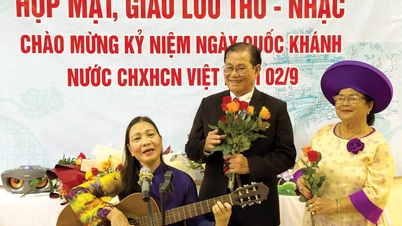

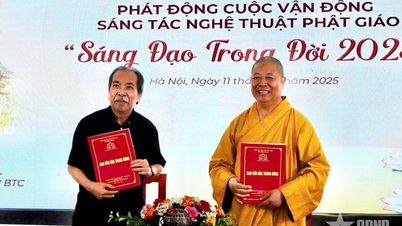

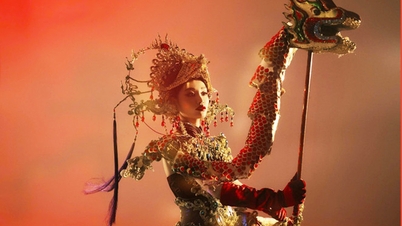



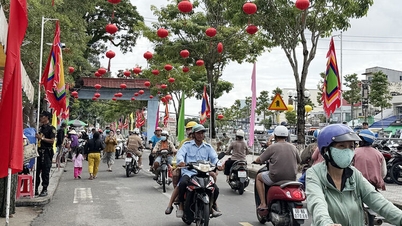

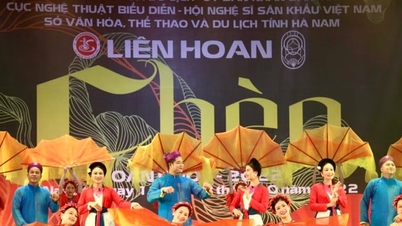
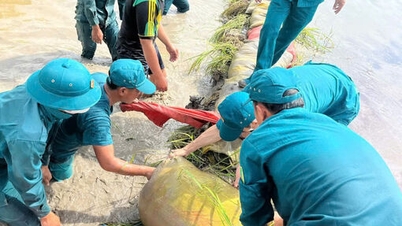
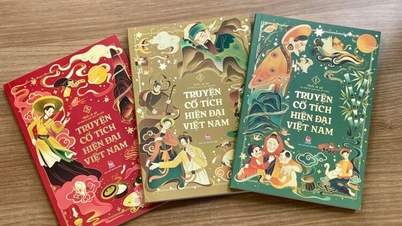




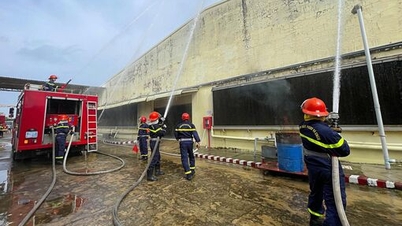
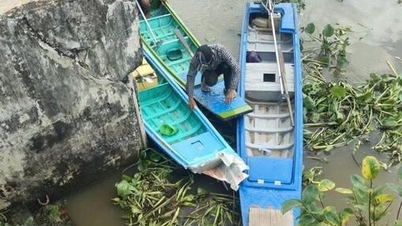
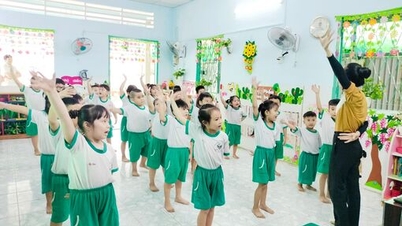
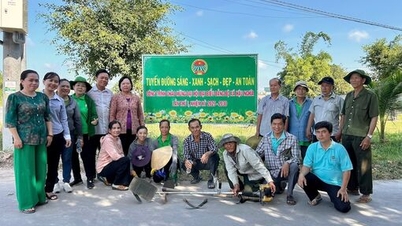





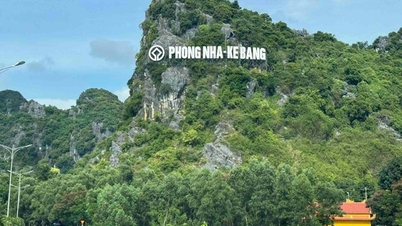

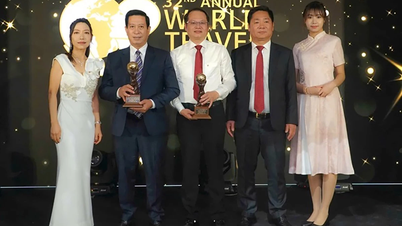

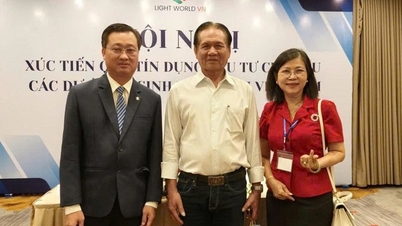


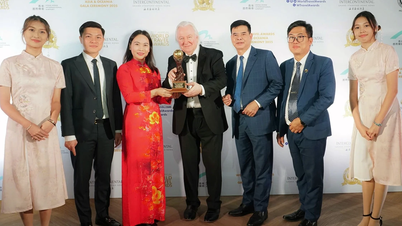

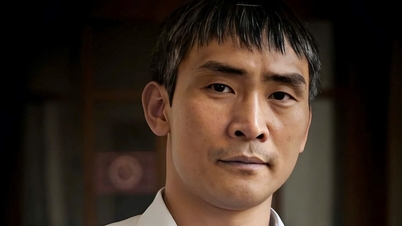




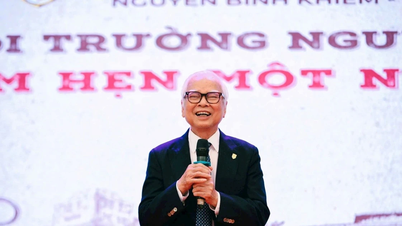




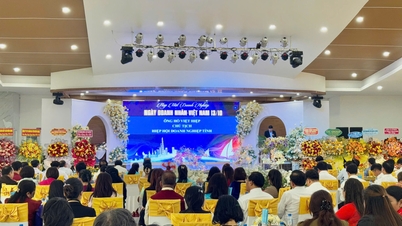

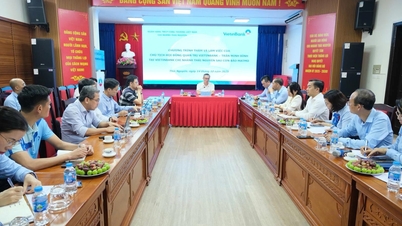
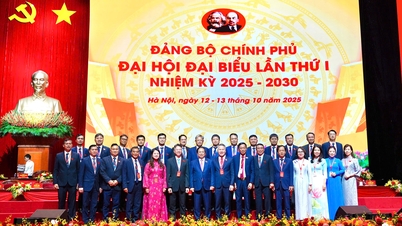
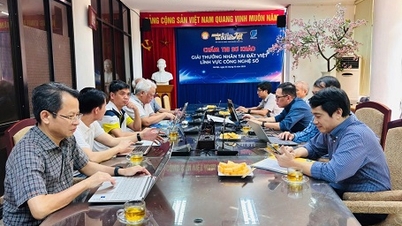








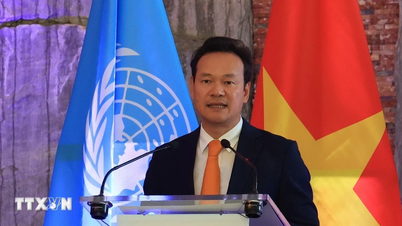


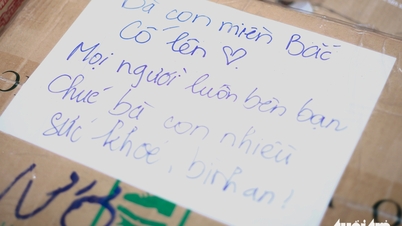

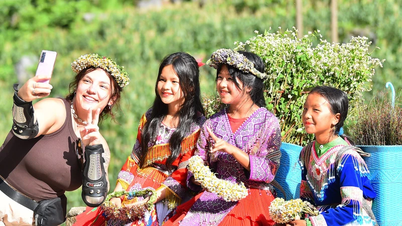
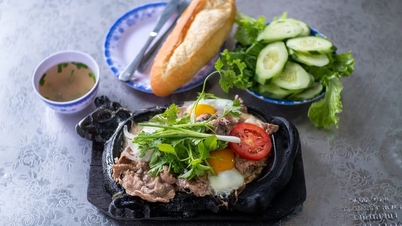


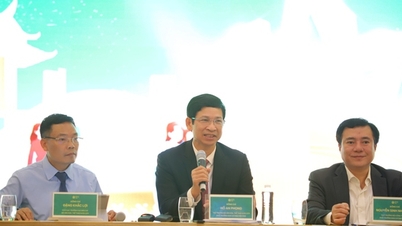

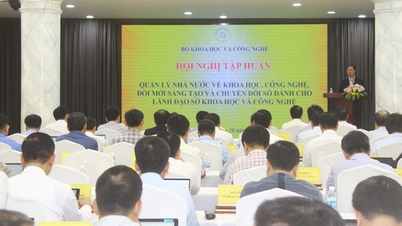

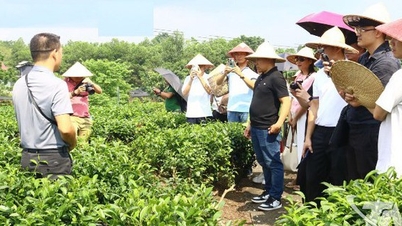

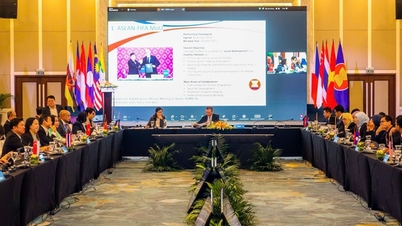
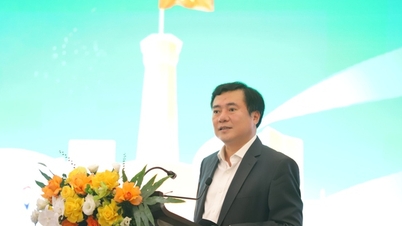
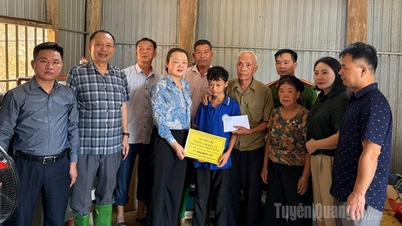



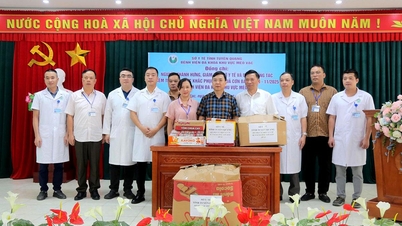


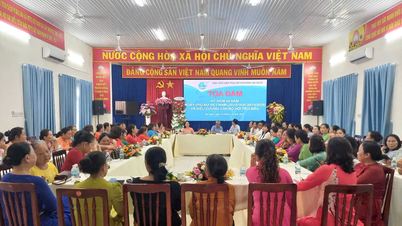














Comment (0)